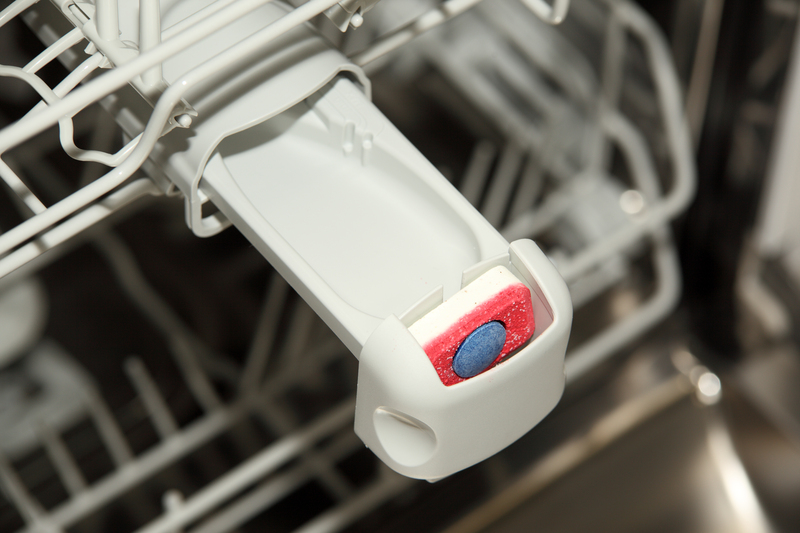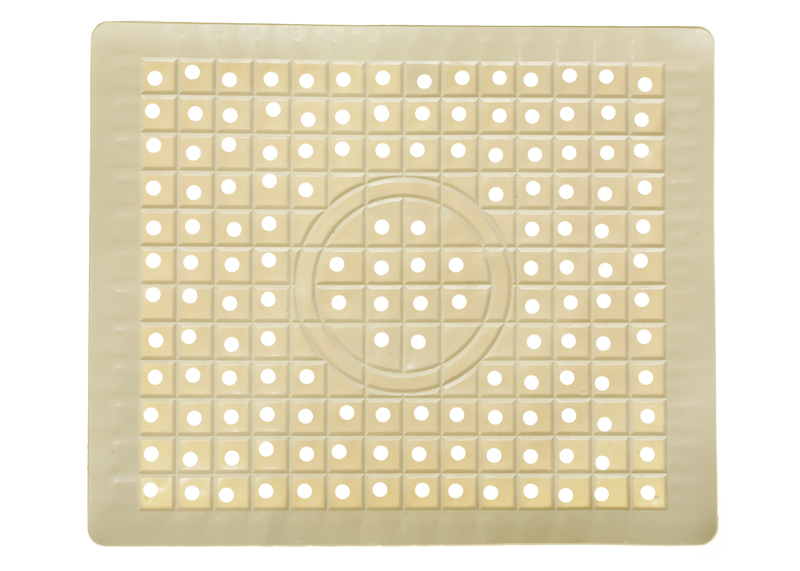Get Oil Stains Out of Fabric Quickly
Posted on 14/02/2025
Oil stains are among the most challenging stains to remove from fabrics. Whether it's cooking oil, motor oil, or any other type of oil, these stains can seep deep into the fibers and become permanent fixtures if not treated promptly. The good news is that with the right techniques and materials, you can effectively remove oil stains from fabric quickly and efficiently. This guide will provide step-by-step instructions, tips, pros and cons, and key takeaways to help you tackle these stubborn stains.
Why Are Oil Stains So Difficult to Remove?
The primary reason oil stains are hard to remove is their hydrophobic nature. Oil and water don't mix, which makes it challenging for traditional water-based cleaning solutions to break down and lift oil from the fabric. Additionally, oil can penetrate deep into the fabric fibers, making it difficult to reach and entirely remove.

Materials You'll Need
- Liquid dish soap
- Baking soda or cornstarch
- Old toothbrush or soft-bristle brush
- Paper towels or clean cloth
- Laundry detergent
- Stain remover (optional)
Step-by-Step Guide to Removing Oil Stains
Step 1: Blot the Stain
Immediately after the stain occurs, use a paper towel or a clean cloth to blot the excess oil. Press down gently to avoid spreading the stain further. Avoid rubbing the fabric as this can push the oil deeper into the fibers.
Step 2: Apply an Absorbent
Sprinkle a generous amount of baking soda or cornstarch over the stained area. These substances are excellent at absorbing excess oil. Let it sit for at least 15-30 minutes. For tougher stains, you can leave it overnight.
Step 3: Brush Away the Absorbent
Once the soda or starch has absorbed the oil, use an old toothbrush or a soft-bristle brush to gently brush away the powder. Be sure to do this over a sink or trash can to avoid making a mess.
Step 4: Pre-Treat with Dish Soap
Apply a small amount of liquid dish soap directly onto the stained area. Dish soap is formulated to cut through grease and oil, making it an effective pre-treatment for oil stains. Gently rub the fabric together or use a toothbrush to work the soap into the fibers.
Step 5: Rinse with Warm Water
Rinse the soapy area with warm water to remove the soap and loosen the oil trapped in the fibers. Make sure to rinse thoroughly until the water runs clear.
Step 6: Launder the Fabric
Wash the fabric according to its care label instructions, using the hottest water safe for the material and a quality laundry detergent. Add a stain remover if you have one. Check the stain before drying the fabric. If the stain persists, repeat the steps before drying as heat can set the stain permanently.
Tips for Stubborn Oil Stains
- Repeat the Process: For particularly stubborn stains, you may need to repeat the steps several times.
- Use a Stain Remover: Consider using a commercial stain remover specifically designed for oil and grease stains.
- Avoid Heat: Do not use hot water or a dryer until the stain is completely gone. Heat can set the stain permanently.
- Professional Cleaning: For delicate or expensive fabrics, consider taking them to a professional cleaner.
Pros and Cons of DIY Oil Stain Removal
Pros
- Cost-effective: Most of the materials needed are commonly found in households.
- Convenient: You can address the stain immediately without waiting for professional help.
- Less Risk of Damage: Using DIY methods allows you to control the cleaning process, which can be gentler on fabrics.
Cons
- Time-consuming: The process can be time-consuming, especially for stubborn stains that require multiple treatments.
- Variable Results: The effectiveness can vary depending on the type of oil, the fabric, and how old the stain is.
- Risk of Set Stains: If not done correctly, there is a risk of setting the stain permanently, especially if the fabric is exposed to heat.

Key Takeaways
- Act quickly to prevent oil from penetrating deep into the fibers.
- Use absorbents like baking soda or cornstarch to lift excess oil.
- Dish soap is highly effective at breaking down oil and grease.
- Avoid using heat until the stain is completely removed.
- Consider professional cleaning for delicate or expensive fabrics.
Conclusion
Removing oil stains from fabric doesn't have to be a daunting task. By acting quickly and using the right materials, you can effectively treat and remove oil stains. Remember, the key is to break down and absorb the oil before it can set into the fabric fibers. With these tips and steps, you can ensure your fabrics stay spotless and in great condition.

